- Home
-
Products
-
Hair Removal Instrument Se...
-
 15in Screen 600W 808nm Hair Removal Machine
15in Screen 600W 808nm Hair Removal Machine
-
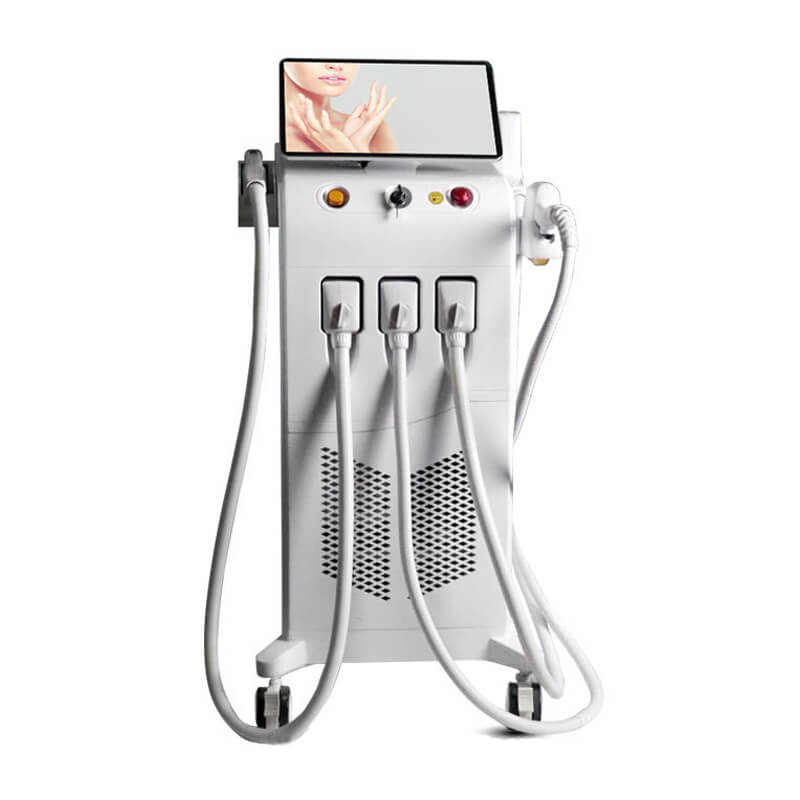 4 in 1 Elight +808nm Diode Laser+q Switched nd yag Laser +RF Multifunctional Beauty Machine
4 in 1 Elight +808nm Diode Laser+q Switched nd yag Laser +RF Multifunctional Beauty Machine
-
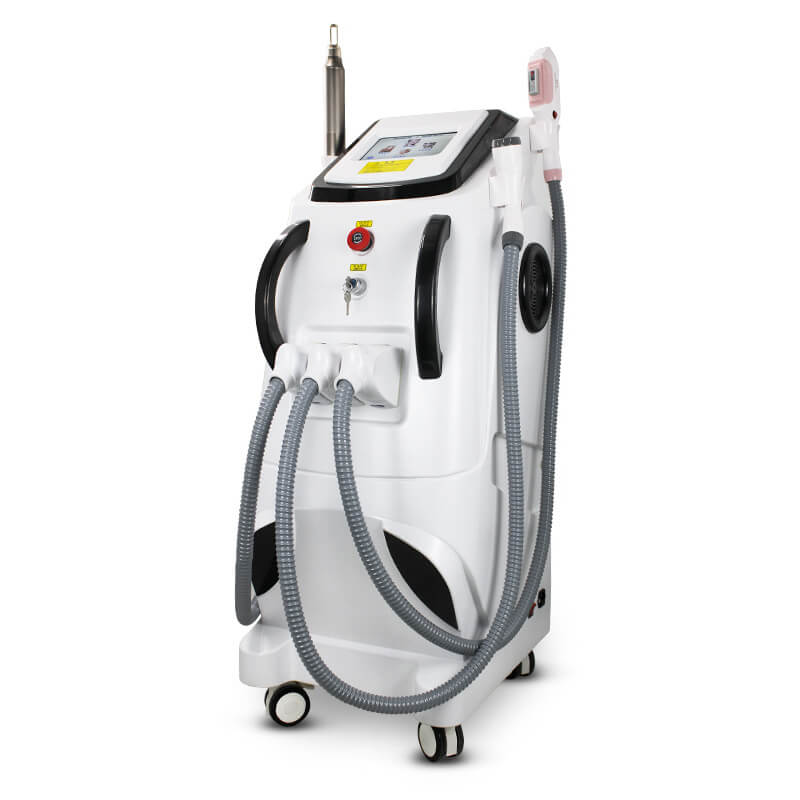 4 in 1 HIFU Thermagic Anti-aging Beauty Instrument
4 in 1 HIFU Thermagic Anti-aging Beauty Instrument
-
 808 Diode Hair Removal Laser Machine
808 Diode Hair Removal Laser Machine
-
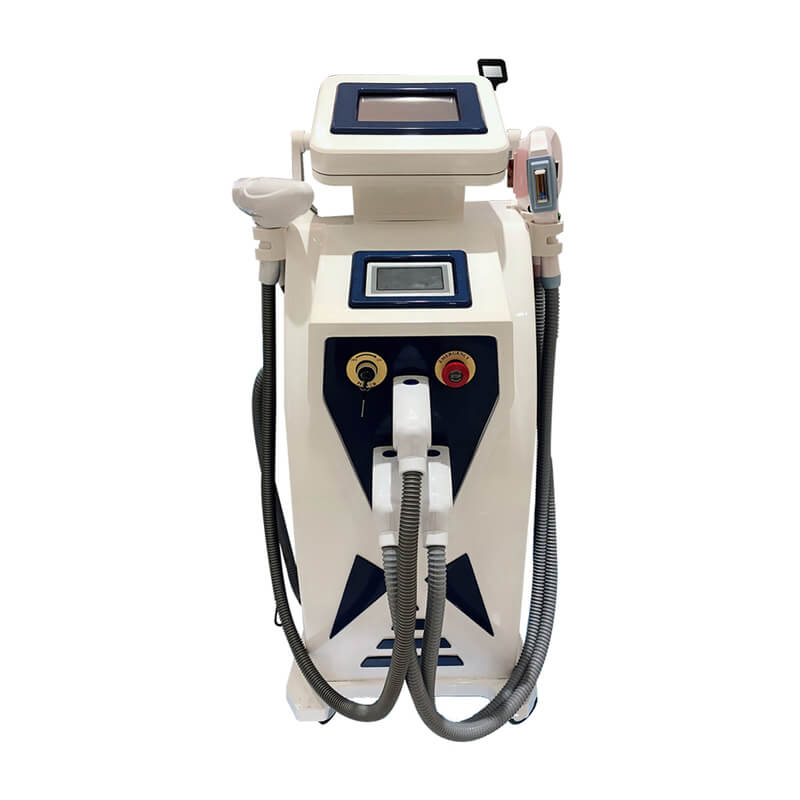 Double Screen 4 in 1 HIFU Multifunctional 360 Magneto Optical ND Yag Laser RF Beauty Machine
Double Screen 4 in 1 HIFU Multifunctional 360 Magneto Optical ND Yag Laser RF Beauty Machine
- » More
-
-
- News
- CharmyLady
- Video
- Contact Us
- Home
- News
- Industry News
- How to identify your skin type for better skincare
- Industry News
How to identify your skin type for better skincare
Date: 2022-01-25 Categories: Industry News Hits: 1130 From: CharmyLady Tech., (Guangzhou), Co., Ltd
Today we are going to talk about skin types. There are 6 types, see the figure below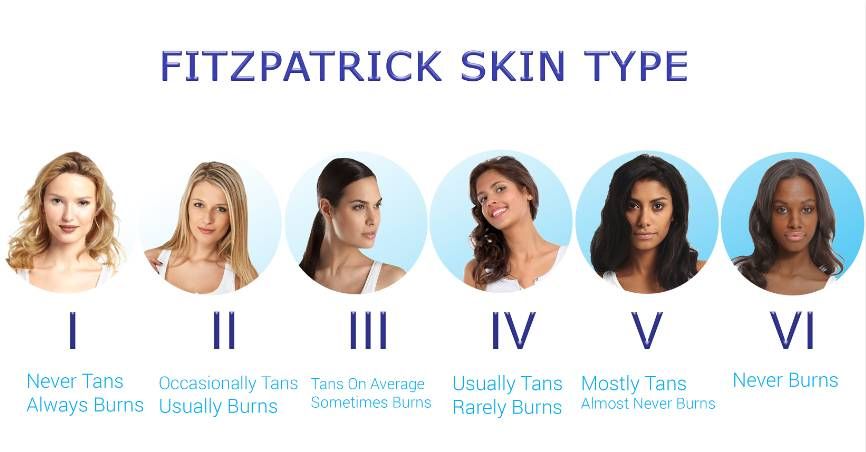
It can be simply understood that the skin melanin gradually increases, and then the skin tone gradually deepens. Today let's focus on the division of facial skin
1. 5 skin types
There are 5 types of skin types on the face, see the picture below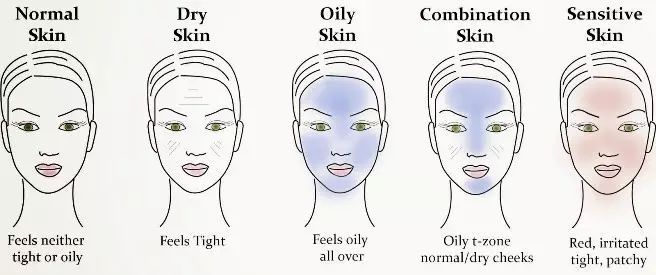
They are:
1) dry skin
2) Normal skin
3) Combination skin
4) Oily skin
5) Sensitive skin
It is mainly divided according to how much oil the skin produces (except for sensitive skin)
So, is your skin one of the above types?
2. How to identify skin type
1) First use a mild facial cleanser and wash your face (what facial cleanser? How long to wash?... There is no scientific standard, I recommend using a facial cleanser that will not dry immediately after washing, Do not leave the foam on the face for more than 5 seconds, and the entire face wash should not exceed 15 seconds)
2) Gently wipe dry (or dry naturally), do not apply any skincare products, wait for 1 hour (do not touch your face)
3) Use a clean tissue to lightly touch (or gently wipe) different parts (cheeks, T-zone)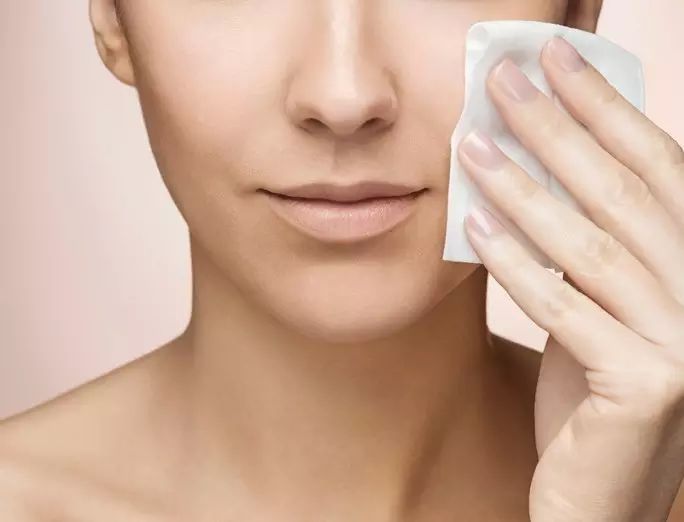
4) Determine your skin type:
a. Tight, dry face, may have dandruff ---> dry skin (thin horny, prone to freckles)
b. No dandruff, no oil, the face is soft and smooth, do not feel dry and tight ---> Normal skin
c. Oily T zone, no oily cheeks ---> Combination skin
d. The face is shiny, there is obvious oil on the tissue, accompanied by large pores, etc. ----> Oily skin (dark complexion, large pores, may have closed acne, etc.)
Sensitive skin does not need to be tested, the skin is prone to redness, itching, prickles, and the symptoms are obvious.
In fact, this method is also unscientific, and can only be used as a standard for judgment:
For example, the effect of air humidity: moist air, the face is not easy to dry. And dry air can make even oily skin feel a little dry.
Another example is the influence of temperature: the higher the temperature, the more oily the skin will be, that is to say, in the summer, the skin will appear more oily.
When testing with this method, it is best to choose a humidity of 50-60 and an air temperature of about 20 degrees, which is relatively accurate.
3. Oils of the skin
The oil we see, feel on the face comes from 2 parts
a. Sebaceous gland secretion (main source)
b. Structural lipids (this term is too professional, in human words, it is the connecting components between skin cells and cells)
Many people don't like oily skin, so, have you ever thought about why the skin should be oily?. . Remember one thing, human beings have evolved to the present, everything is useful, and the 2 major functions of oily skin:
a. Cover the skin surface, moisturizing the skin, moisturizing the skin, slow down the loss of water
b. Cover the surface of the hair, moisturize the hair, moisturize the hair, slow down the loss of moisture
see? Except for particularly oily skin, it is a good thing for normal skin to get oily. Don't try to get rid of the oil. . Otherwise, the result is that the skin will be dry without the moisturizing properties of the oil. No matter how good skincare products are, they are not as good as your own oil (safe and free).
4. Moisture of the skin
Mainly from 2 places:
a. Moisture diffusion from the dermis, see the figure below
b. From sweat glands, see picture below
So, the same question comes, why do the sweat glands of the skin expel water to the outside?. . Obviously, this also has a great effect
a. It regulates body temperature. When the ambient temperature is very high, or when the body temperature is very high, it dissipates heat through sweating
b. Excretion of some of the skin's unwanted metabolites (such as electrolytes)
Skin oil and water are two different systems. After oil and water are secreted to the surface of the skin, they will be well emulsified together to form a layer of sebum film, together to moisturize your skin.
During a person's life, the type of skin will change. The influence of the environment, the influence of skincare products, and the increase of age will all lead to changes in skin type. No matter how your skin type changes, just remember to take care of it according to your skin's needs.


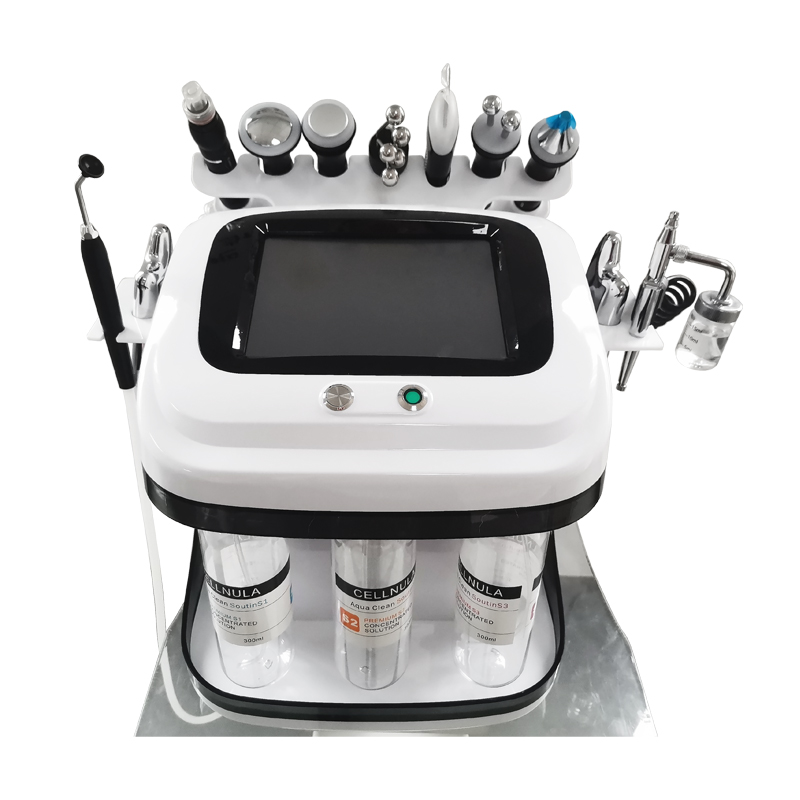 10 IN 1 Facial Care Hydria Machine
10 IN 1 Facial Care Hydria Machine  6 Function Heads First Generation Hydra H2O2 Hydrogen Oxygen RF Sprayer Face Beauty Machine
6 Function Heads First Generation Hydra H2O2 Hydrogen Oxygen RF Sprayer Face Beauty Machine  DR Facial Synthesizer
DR Facial Synthesizer  8-in-1 8 Function Heads Black Pearl Hydra Skin Beauty Apparatus
8-in-1 8 Function Heads Black Pearl Hydra Skin Beauty Apparatus 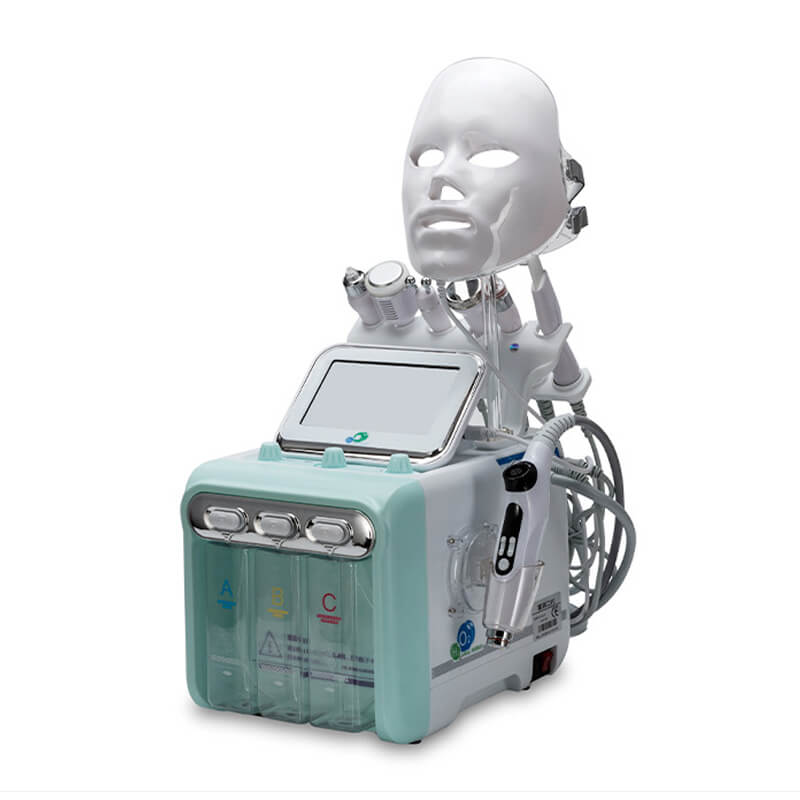 8in1 Hydra Facial Multi-function Beauty Machine
8in1 Hydra Facial Multi-function Beauty Machine 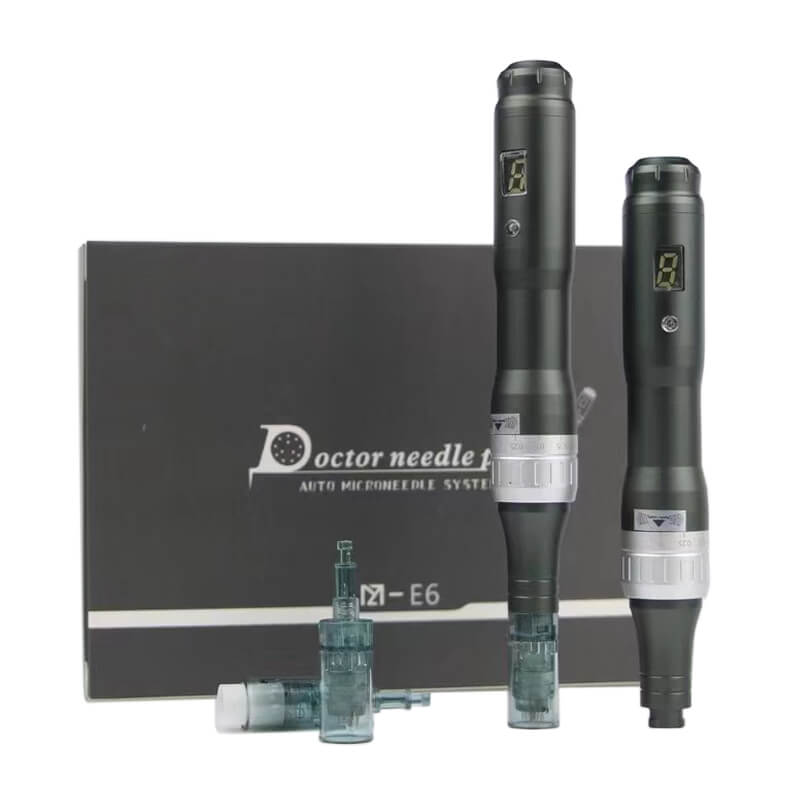 Rechargeable E6 Electric Nano Derma Pen
Rechargeable E6 Electric Nano Derma Pen  Charm 2in1 Plasma Beauty Machine
Charm 2in1 Plasma Beauty Machine 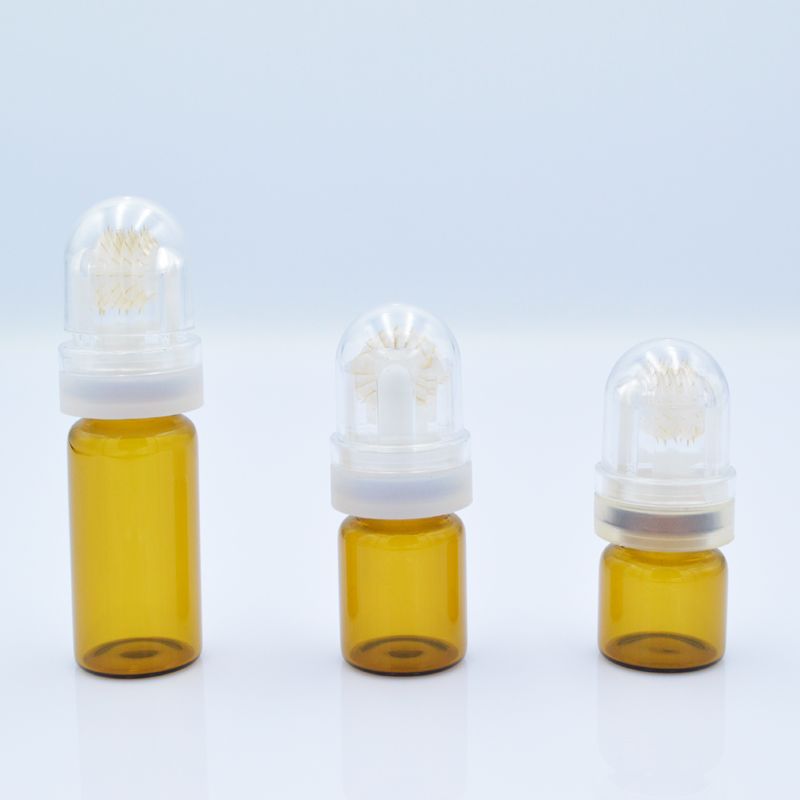 New 64 water soluble needle
New 64 water soluble needle 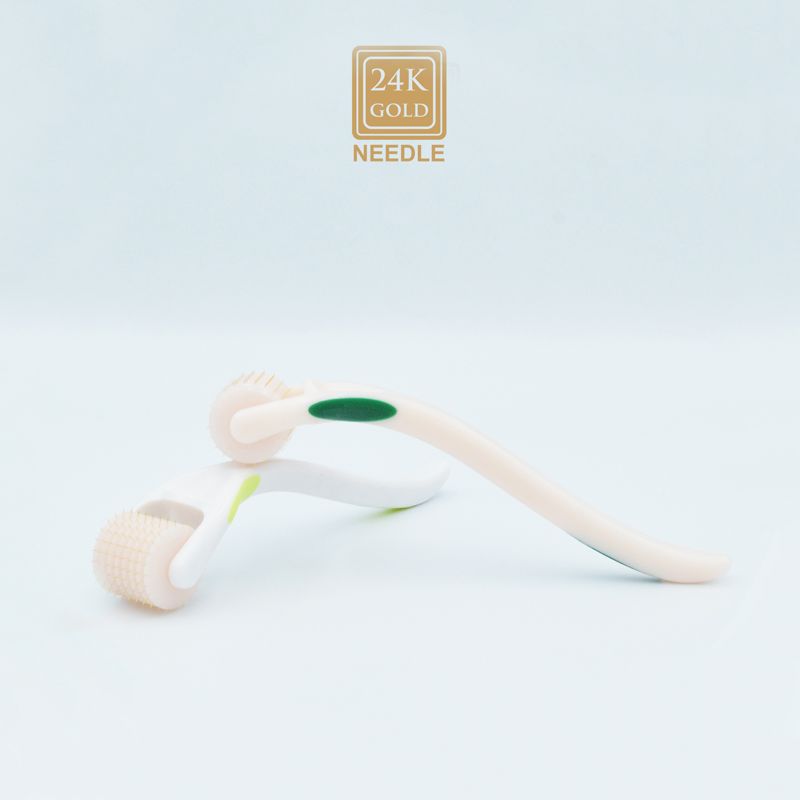 New 192 Microneedle Roller
New 192 Microneedle Roller 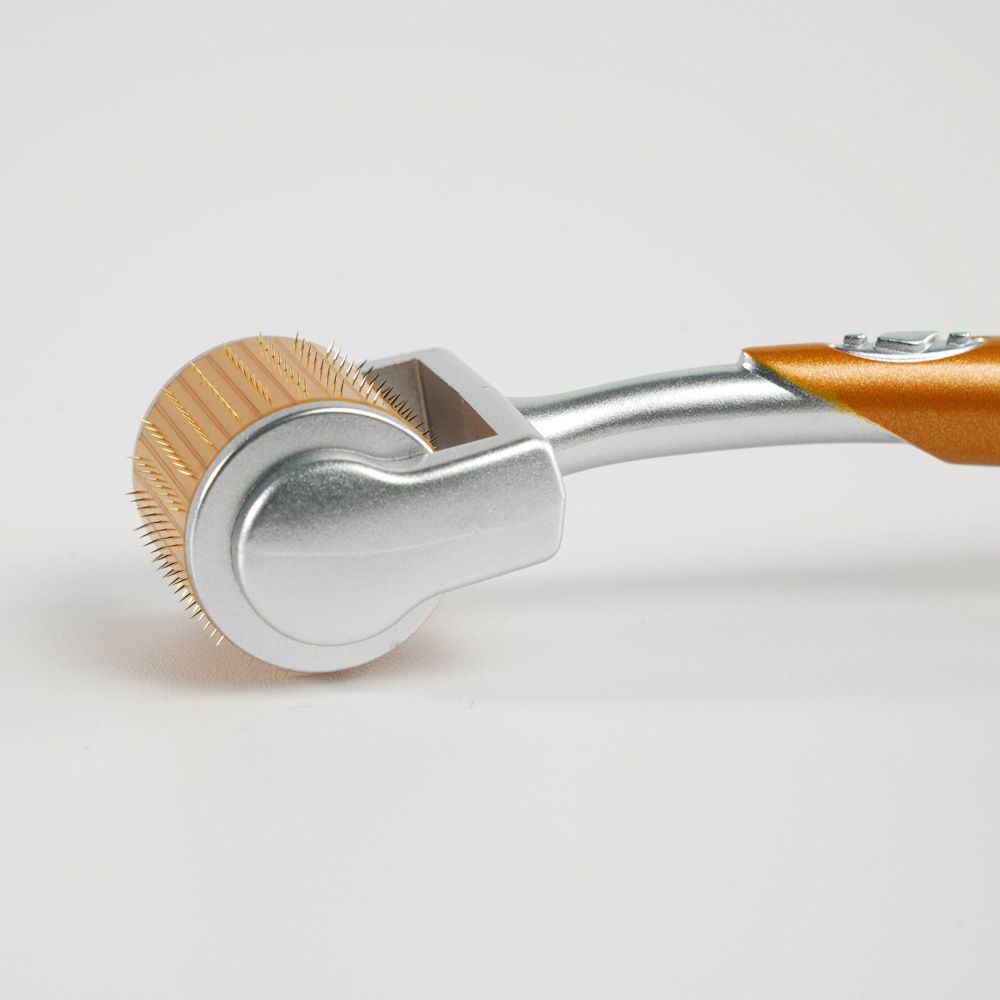 Titanium Needle Leather Roller Micro
Titanium Needle Leather Roller Micro  360 Degree Fat Freeze Cryolipolysis Slimming Machine
360 Degree Fat Freeze Cryolipolysis Slimming Machine 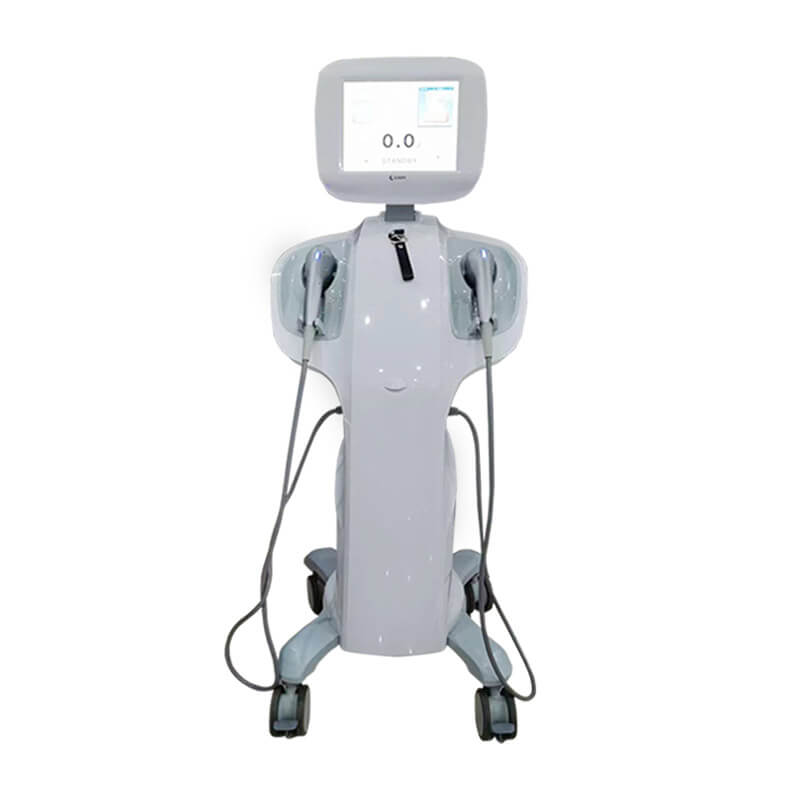 7D Lifting Apparatus
7D Lifting Apparatus  9 in1 Ultrasonic Laser Fat Exploding Apparatus
9 in1 Ultrasonic Laser Fat Exploding Apparatus  5 in 1 Portable Mini Fat Exploding Instrument
5 in 1 Portable Mini Fat Exploding Instrument 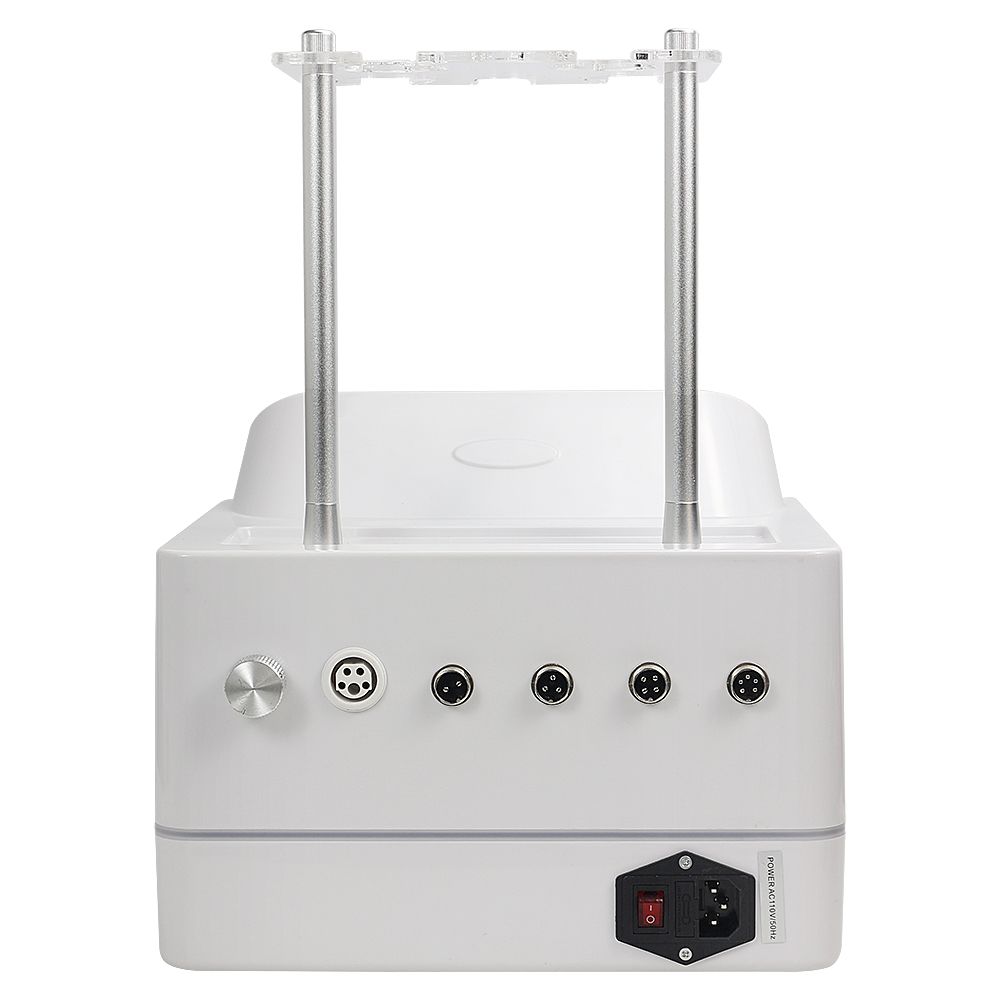 5 in 1 40k ultrasonic cavitation vacuum body slimming instrument
5 in 1 40k ultrasonic cavitation vacuum body slimming instrument 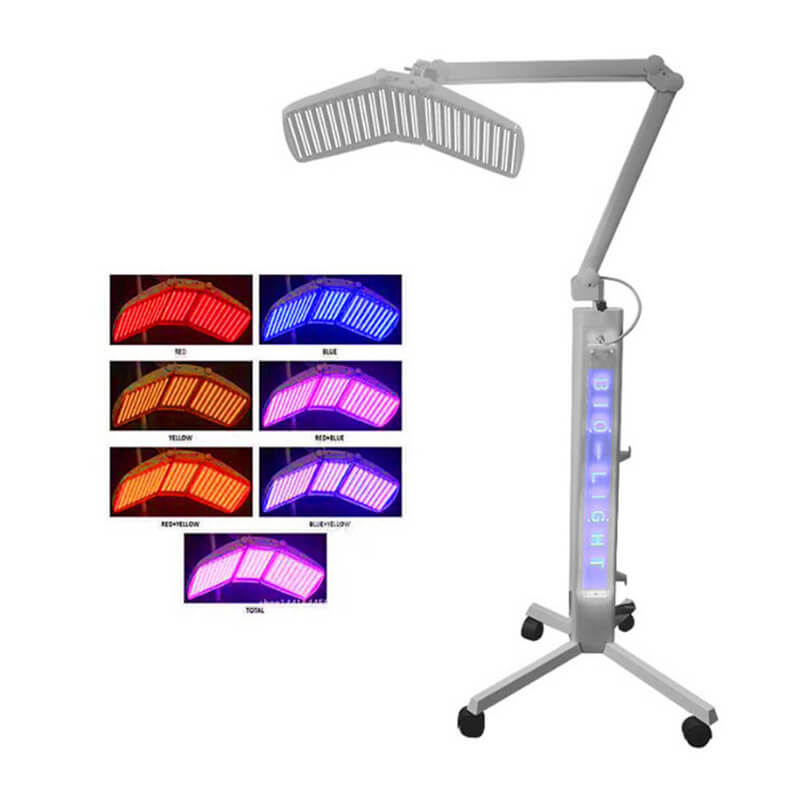 Seven Colors Spectrograph Cold and Warm SPA Skin Rejuvenation
Seven Colors Spectrograph Cold and Warm SPA Skin Rejuvenation  Seven Colors Spectrograph Cold and Warm SPA Skin Rejuvenation
Seven Colors Spectrograph Cold and Warm SPA Skin Rejuvenation 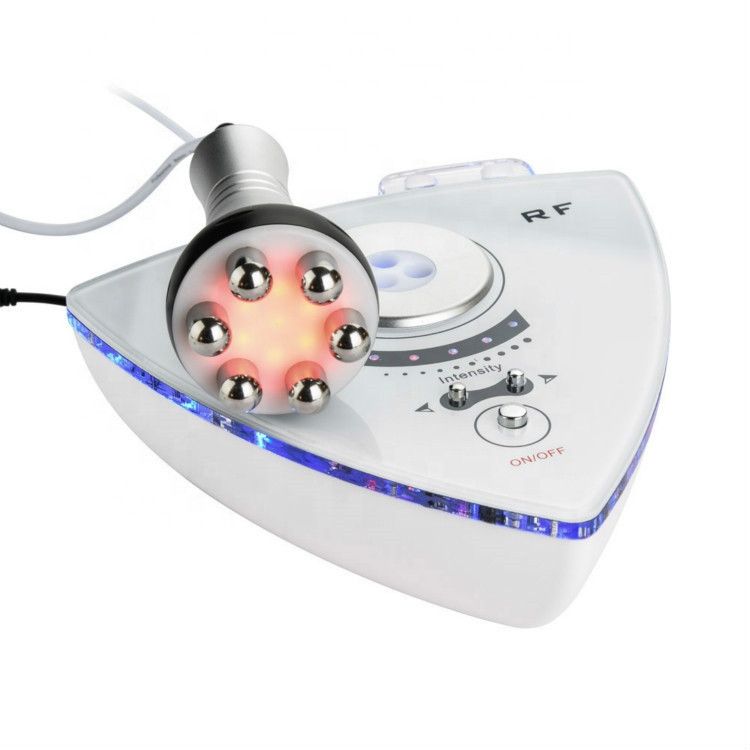 Household RF Lifting Machine (Level 6)
Household RF Lifting Machine (Level 6) 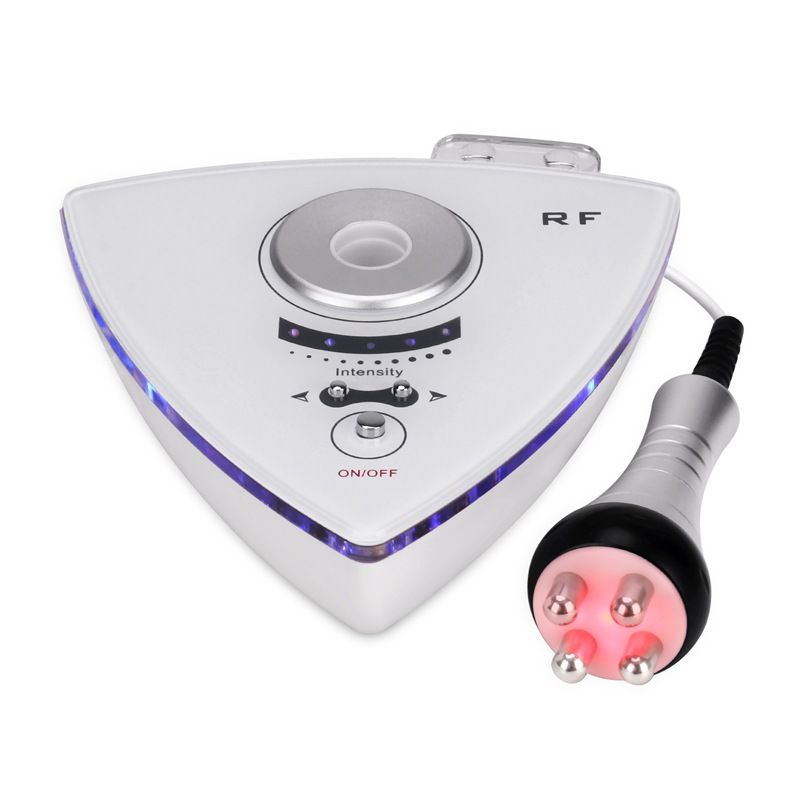 Household RF Lifting Machine (Level 4)
Household RF Lifting Machine (Level 4)  Household RF Lifting Machine (Level 3)
Household RF Lifting Machine (Level 3) 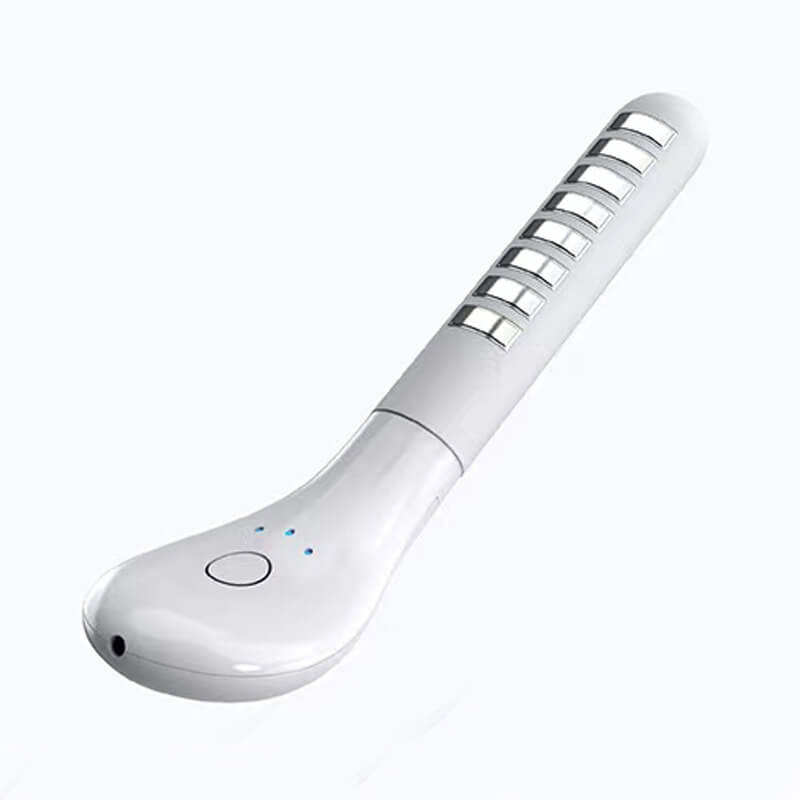 Kegel Exercise EMS Vainal Tightening Device
Kegel Exercise EMS Vainal Tightening Device 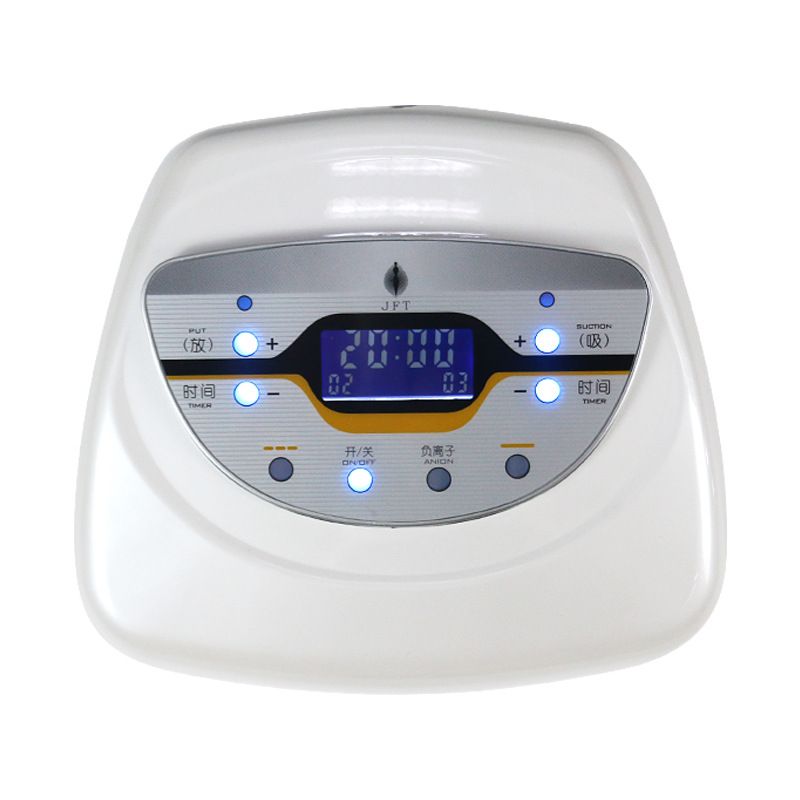 Breast Max Mutifunctional body Shape Care Vacuum Machine
Breast Max Mutifunctional body Shape Care Vacuum Machine 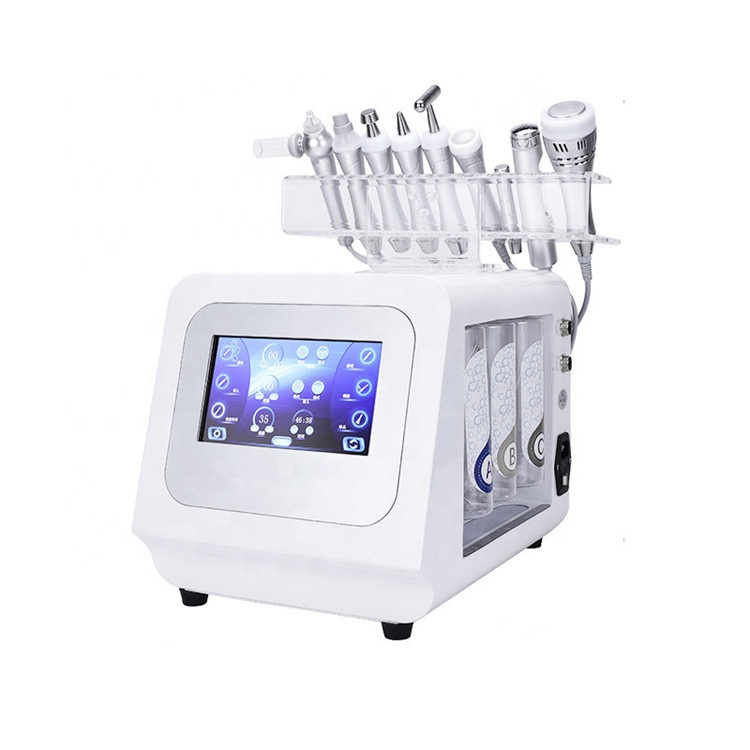 Nine-in-one Hydrogen and Oxygen Micro-Carving Instrument
Nine-in-one Hydrogen and Oxygen Micro-Carving Instrument  2 in 1 HIFU+Thermagic Anti-aging Beauty Instrument
2 in 1 HIFU+Thermagic Anti-aging Beauty Instrument 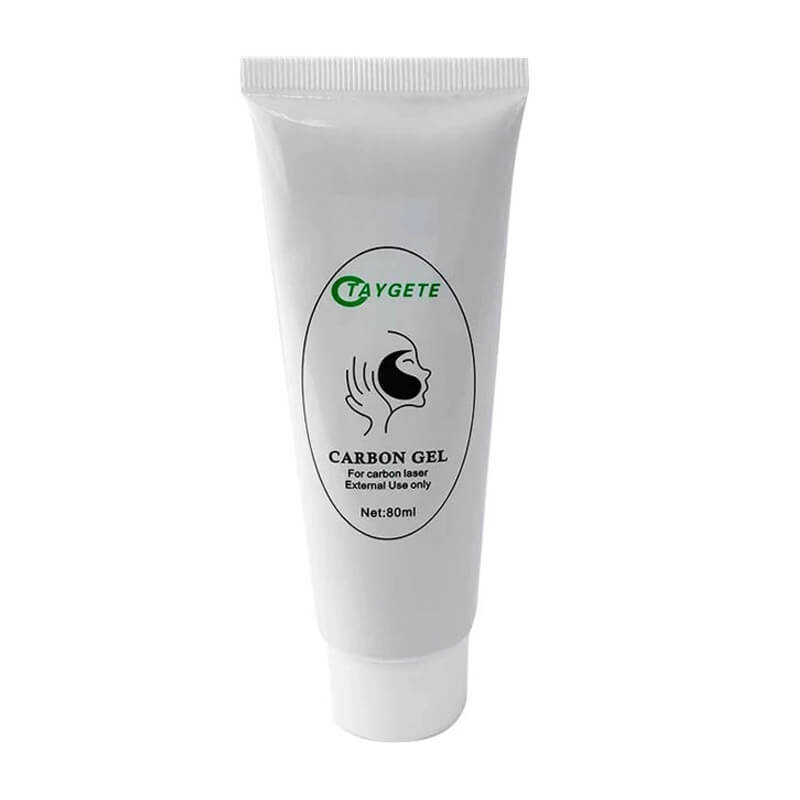 Carbon Gel For Laser Treatment Facial Nd Yag Cream Carbon
Carbon Gel For Laser Treatment Facial Nd Yag Cream Carbon 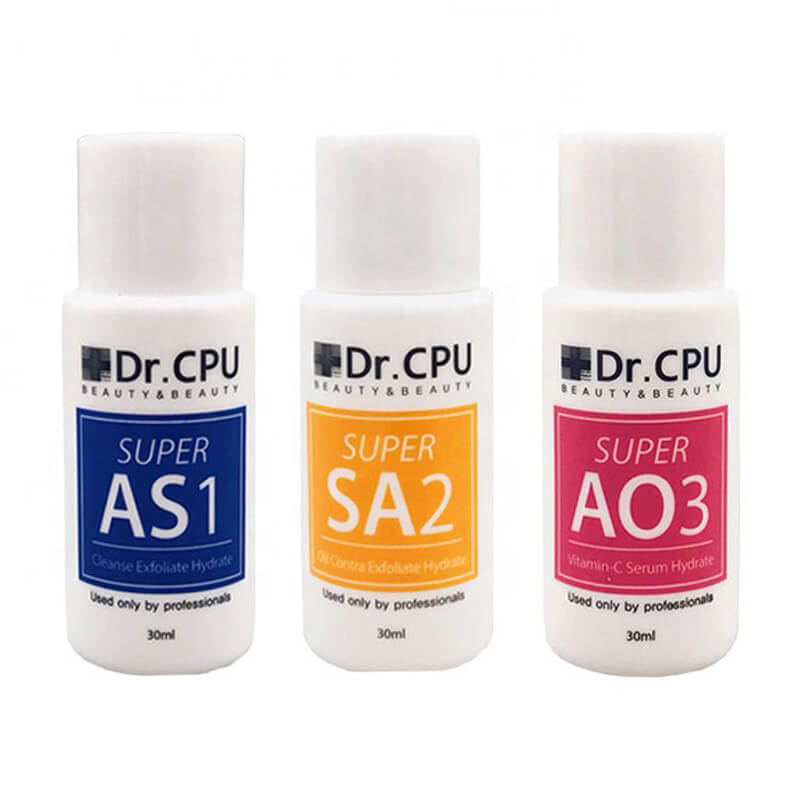 DR. CPU Serums
DR. CPU Serums 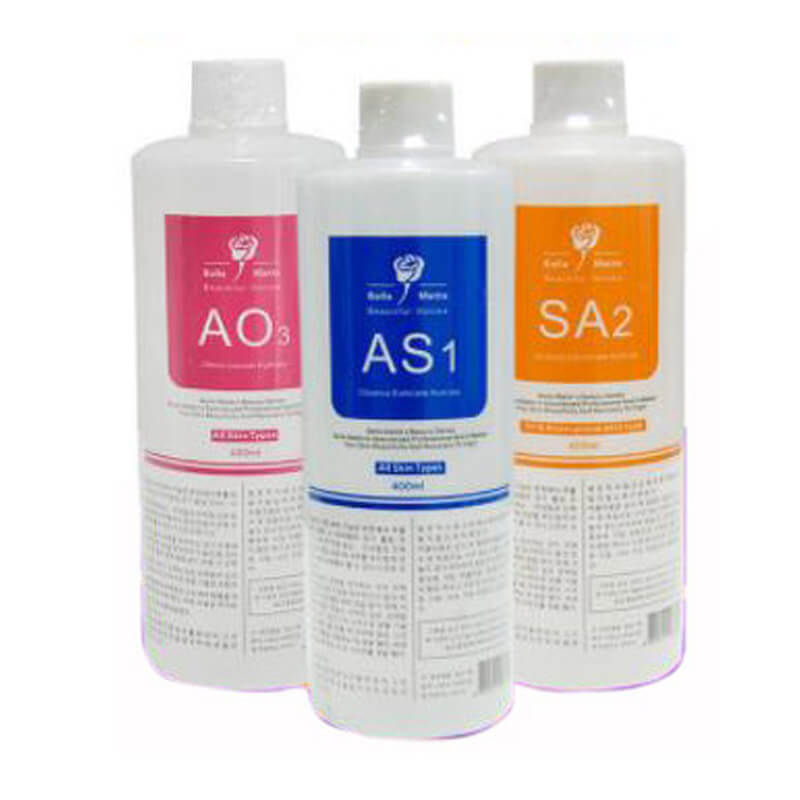 Serums of Hydra Facial Machine
Serums of Hydra Facial Machine